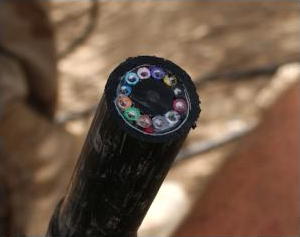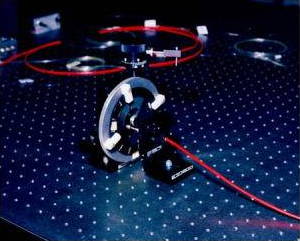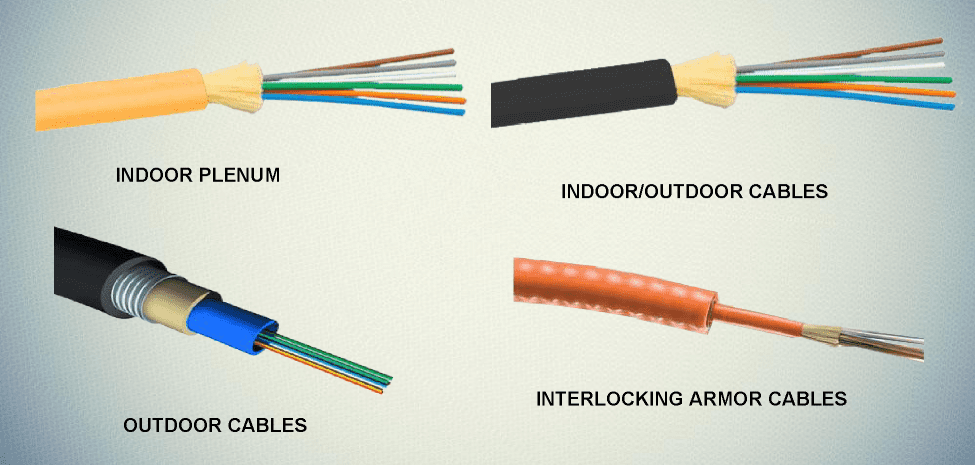Wiring Fiber Optic Cable
What is Fiber Optics?


Optical Technology
A fiber-optic cable is comprised of extremely thin strands of glass called optical fibers. Each strand is less than 10% as thick as a strand of human hair, but has the ability to carry approximately 25,000 telephone calls – so an entire fiber-optic cable can carry millions of calls. They carry information between two places using entirely optical – or light-based – technology.

Types of Fiber-Optic Cables
– Single-Mode: This is the simplest type of optical fiber. A mode is simply a path that a light beam of information travels down the fiber. A single-mode optical fiber has a very thin core, and all signals travel straight down the middle of it. Cable television, telephone signals, and Internet are commonly carried by a huge bundle of single-mode fibers. These cables can send information over 100 kilometers.
– Multi-Mode: The optical fibers in a multi-mode cable are 10 times bigger than single-mode cables. Light beams in multi-mode cables can travel in a variety of paths. These modes can send information short distances and are generally used to link together computer networks.
Uses for Fiber Optics
Computer networks
Rather than using copper cables, fiber-optic cables are now the preferred method of transmitting information over long distances because of three main advantages:
- No Crosstalk: Copper cables are known to have electromagnetic interference, unlike fiber optical fibers. Less interference means better quality.
- Less Signal Loss: With fiber-optic cables, your information travels about 10 times further before there is need for amplification. This makes fiber networks easier to operate and cheaper.
- Higher bandwidth: Fiber-optic cables are able carry much more data than copper cables.
Television Broadcasting
Originally, television companies used coaxial cables to carry a handful of analog television signals. However, once more and more viewers began connecting to cable and networks began offering more and more programs, operators decided that they needed to make the switch from analog broadcasting and coaxial cables to digital broadcasting and optical fibers.
Back in the early 20th century, radio and TV broadcasting were born from a relatively simple idea: it was quite easy to shoot electromagnetic waves through the air from a single transmitter (at the broadcasting station) to thousands of antennas on people’s homes. These days, while radio still beams through the air, we’re just as likely to get our TV through fiber-optic cables because a single optical fiber can carry enough data for hundreds of television channels.
Optical fibers offer higher capacity, less interference, and much better picture and sound quality. They are also able to travel much longer distances and are much more cost effective.
Military
Fiber-optic cables are a perfect way to connect military bases to missile launch sites and radar tracking stations due to the fact that they are thin, lightweight, inexpensive, secure, and safe against attack for the most part. They are also tough against electromagnetic interference since they don’t carry electrical signals or give off electromagnetic radiation that the enemy can attack.
Military planes, tanks, and helicopters have all been switching to fiber-optic cables because they are lightweight compared to bulky and expensive metal cables.
Medicine
Over 50 years ago, fiber optics was originally used in medical equipment as a way to help doctors look inside out bodies without slicing into them. Today, fiber optics continues to create significant new methods of medical diagnosis and scanning.


